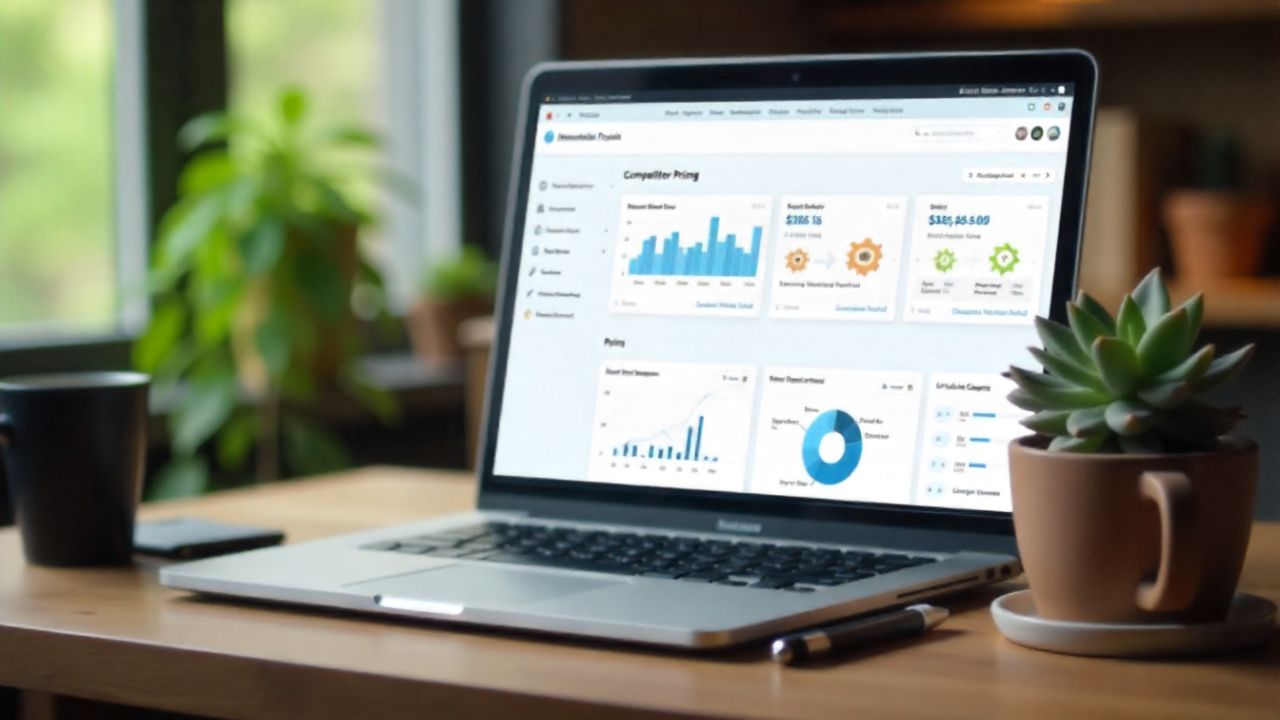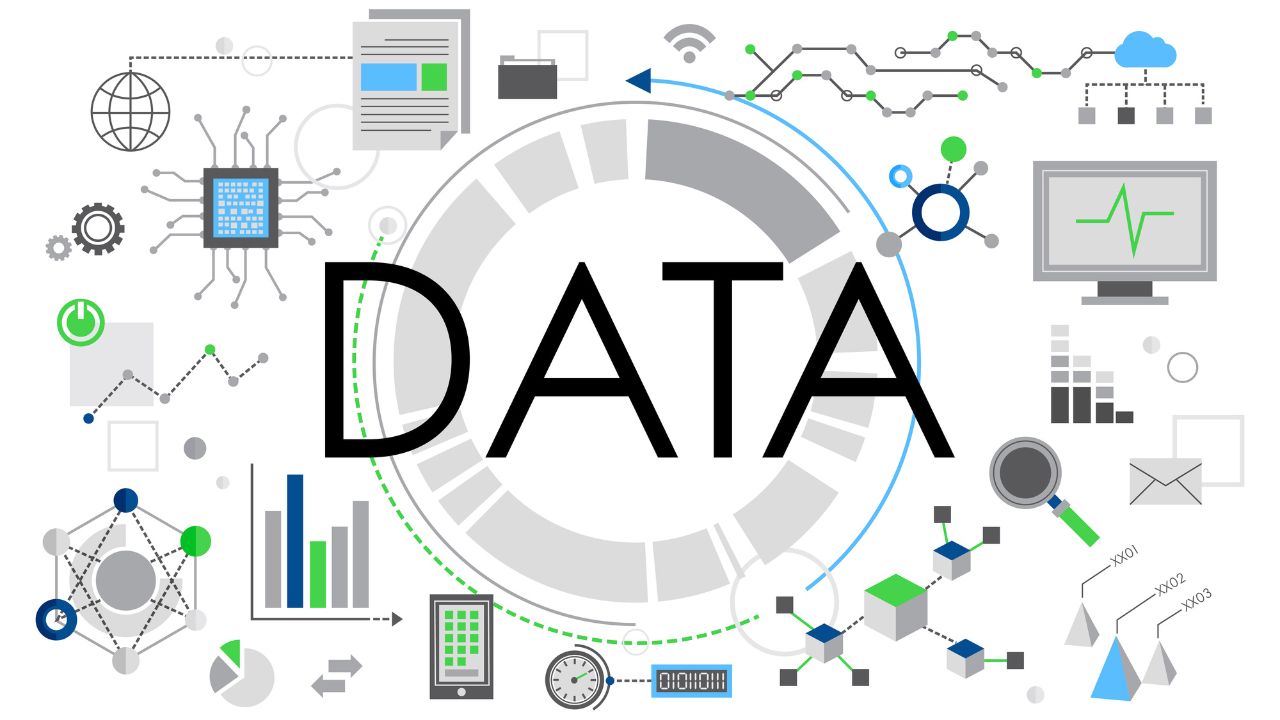Home < Blog < How to Use Beauty and Cosmetics Datasets for Market Research
How to Use Beauty and Cosmetics Datasets for Market Research
Posted on: January 03, 2025
The beauty and cosmetics industry is dynamic, continually evolving with changing consumer preferences and technological advancements. To stay competitive, businesses must rely on data-driven insights. This article explores the importance of utilizing beauty industry datasets and cosmetics product data for market research, providing a comprehensive guide to their application, challenges, and future trends.
Why Use Beauty Industry Datasets for Market Research?
In the beauty industry, data-driven insights are crucial for understanding consumer behavior, tracking competitor performance, and predicting market trends. By analyzing beauty industry datasets, businesses can identify emerging trends, such as the rise of natural ingredients or the demand for personalized products. These insights enable companies to tailor their product offerings and marketing strategies to meet consumer needs effectively.
Key Types of Datasets for Beauty Market Research
Sales Data: This dataset provides insights into product performance, helping businesses identify best-selling products and understand regional sales trends. For example, sales data might reveal that a particular skincare line is popular in urban areas.
Consumer Reviews: Analyzing consumer reviews can gauge customer satisfaction and identify areas for improvement. Sentiment analysis of reviews can highlight common complaints or praises, guiding product development.
Social Media Data: Social media platforms are rich sources of data on brand mentions, sentiment, and influencer impact. By monitoring social media trends, businesses can stay ahead of cultural shifts affecting the beauty industry.
Cosmetics Product Data: This data includes information on product ingredients, formulations, and certifications. It is essential for understanding product differentiation and compliance with regulations.
How to Analyze and Interpret Beauty Data
Analyzing beauty data requires a combination of tools and techniques. Excel is useful for basic data manipulation and visualization, while Tableau offers advanced capabilities for creating interactive dashboards. For more complex analyses, Python and R are powerful programming languages that enable statistical modeling and machine learning.
Challenges in Using Beauty Industry Datasets
Data privacy is a significant concern in the beauty industry, with regulations like GDPR impacting data collection and usage. Additionally, integrating data from multiple sources can be challenging, requiring robust data management strategies. Ensuring data quality is another critical aspect, as inaccurate data can lead to misguided decisions.
Case Study: Real-World Application of Cosmetics Product Data
A leading beauty brand used cosmetics product data to develop a new line of eco-friendly products. By analyzing consumer reviews and sales data, the brand identified a growing demand for sustainable beauty products. This insight guided the development of a product line that resonated with environmentally-conscious consumers, boosting sales and brand loyalty.
The Future of Data in the Beauty Industry
Emerging trends like personalized beauty products and the integration of AI and machine learning shape the future of the beauty industry. These technologies will enhance the ability to analyze beauty industry datasets, enabling more accurate predictions and personalized customer experiences.
Final Thoughts
Leveraging beauty industry datasets and cosmetics product data is essential for businesses aiming to stay competitive in the market. By understanding consumer preferences, tracking trends, and overcoming data challenges, companies can make informed decisions that drive success. For those interested in accessing high-quality beauty and cosmetics data, Crawl Feeds offers a valuable resource.
Latest Posts
Find a right dataset that you are looking for from crawl feeds store.
Submit data request if not able to find right dataset.
Custom request




